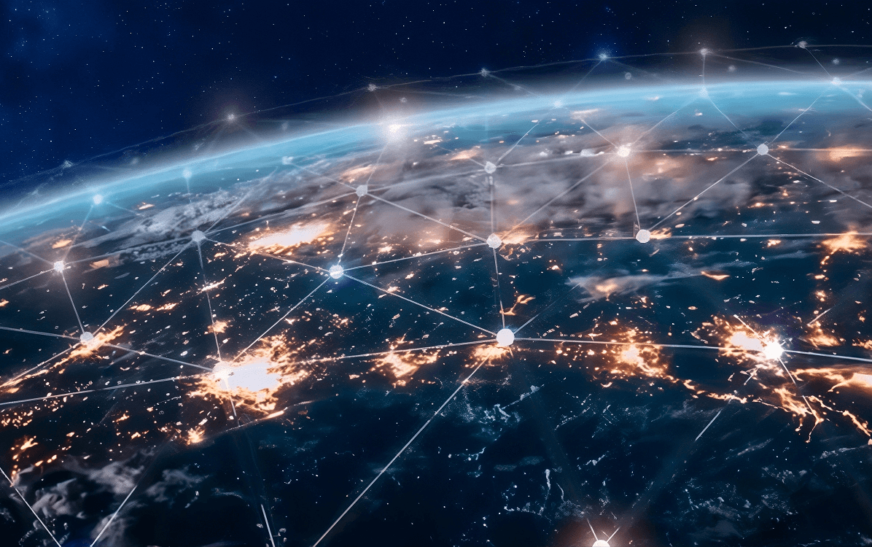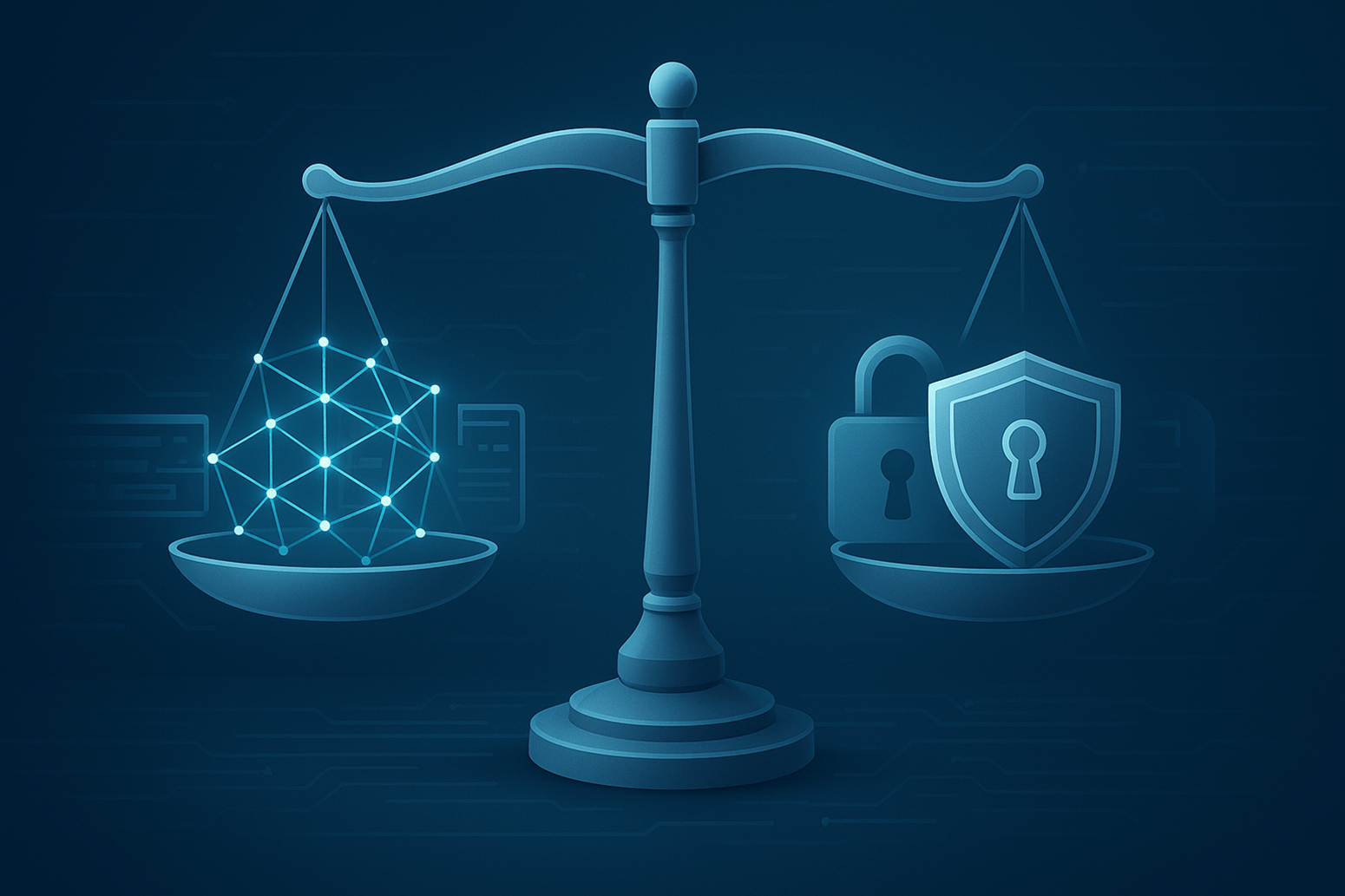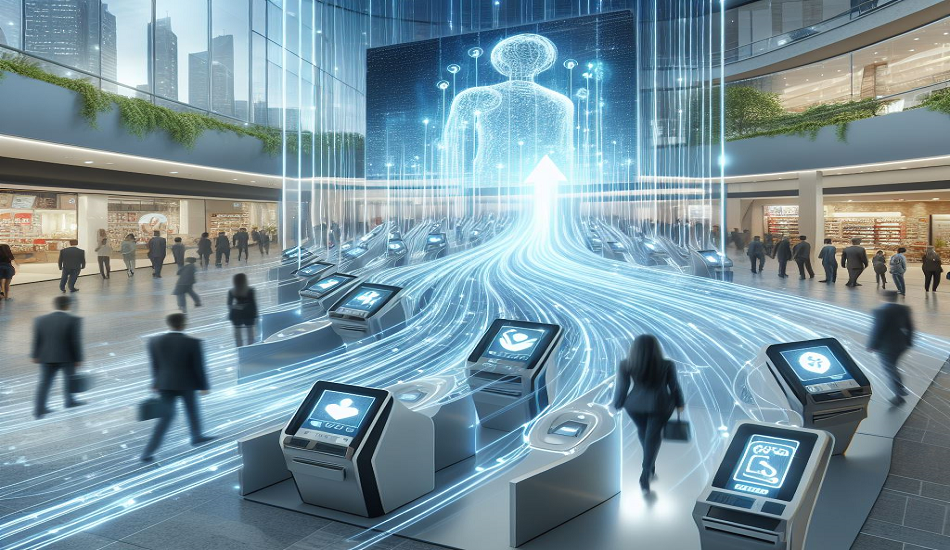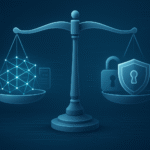Internet in Iran is one of the most restricted of its kind in the world. Based on the Tehran e-commerce Association 2023 report Iran offers the worst internet quality among 50 countries analyzed. This echoes especially during social unrest when internet access in Iran is partially hindered or even shut down. In 2022 and before that, in 2020, one name got the attention of the Iranians, ArvanCloud. The company was accused of filtering and assisting in shutting down the internet. This was highlighted when the EU listed ArvanCloud in the country’s sanction list later in 2022. Recently the EU lifted its sanctions on the cloud service provider. The question still prevails, is ArvanCloud responsible or a victim? To understand the role of ArvanCloud in Iran’s communication arena, one needs to dive into how the internet in Iran is structured and managed.
Unlike many other countries, the internet of Iran is provided solely through the Telecommunication Infrastructure Company (TIC), a wholly government-owned organization, to domestic internet providers inside the country. The former head of the Information Technology Organization of Iran and deputy of the Ministry of Information and Communications Technology of Iran during Hassan Rouhani’s presidency, Amir Nazemi, in an interview with ITIran , expressed: “This makes a negotiating leverage for the country since TIC Iran provides internet for almost 85 million users.” And at the same time, it creates a dangerous monopoly. For the latter, TIC, the government-controlled institute, can manage the distribution to Iranian ISPs, supervise the incoming and outgoing traffic, oversee the content and also control the Iranian internet infrastructure, thus suffocating access in many possible ways.
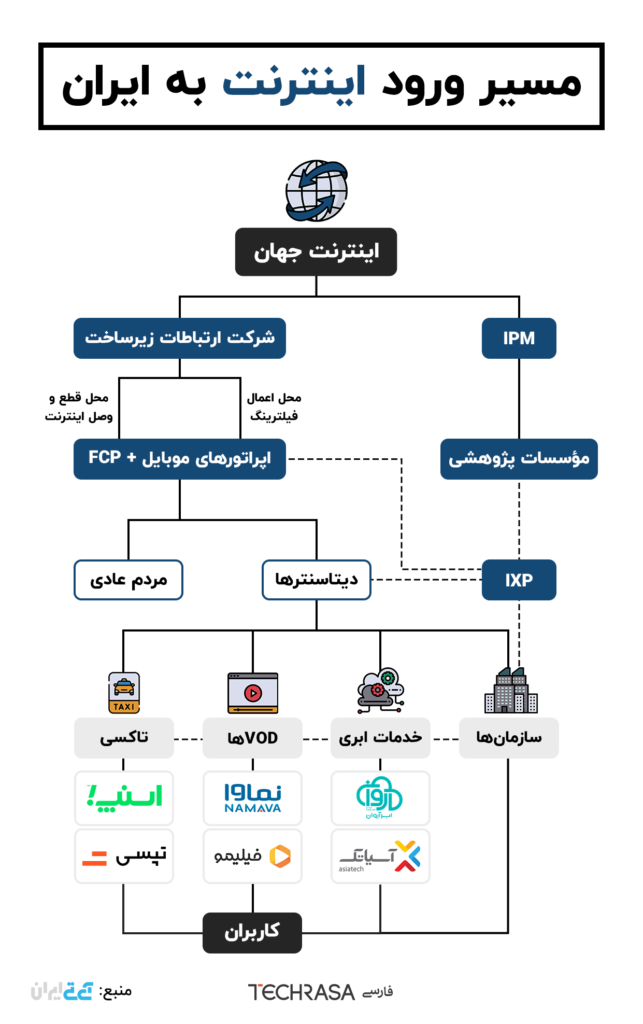
Understanding Iran’s Internet Censorship
The solo doorway to the global network allows the Iran’s government to censor the incoming traffic at the very first phase on distribution gateways and infrastructures through proxy or shadow companies. These shadow companies are responsible for internet filtering in Iran through technical filtering boxes they manufacture and place on the network or at the content layer. It is only after this stage that the internet finds its way to Iranian Internet Service Providers and finally end users inside Iran. The filtering boxes that are manufactured by the shadow companies and rest on the incoming traffic gateways, decide certain traffic to be delivered and websites and services to be accessible inside the country. Amir Nazemi stated that certain organizations including the Censorship Committee under the supervision of the prosecutor’s office, Supreme National Security Council, National Virtual Space Center and several other security institutions decide for the traffic to go through and websites or services to be accessible to people.
At the next stage, Iranian ISPs distribute the internet and manage bandwidth and traffic. For quicker data transfer, Iran, like other countries, uses IXPs for domestic traffic. But these IXPs unlike other nations, are governmental. This model is also worldly unique since private companies or consortiums typically work together to develop and manage IXPs in other countries for more economical communication. Amir Nazemi explains that besides economic and service quality issues, regulatory and national security challenges play a role in developing IXPs inside Iran. Meanwhile filtering the internet in Iran is also achieved at the content layer by TIC and internet operators.
Businesses, applications and cloud services in this structure get their required internet from data centers which themselves get their internet from fixed-line service providers in turn. Thus, almost all tech service providers including ArvanCloud, categorically sit on the users’ side of the Iran internet structure. The Iranian startups in recent years, tried to bring those services to Iranians which are not accessible in Iran due to international sanctions.
Impact on Businesses and Users
Technically, developing infrastructures in recent decades in Iran has improved access and quality of communication. Hamidreza Ahmadi, an Iranian startup founder, in an interview with whistleblower journalist, Yashar Soltani, about Iran’s internet, expressed his satisfaction with recent technological developments inside the country and said: “Before, we had to buy these services like ArvanCloud from Germany, while now we can buy it cheaper in the country. It also improved the quality of services we get and we give to our customers. We need these services it is a must. Still. We lack in infrastructure.” Meanwhile, Ahmadi accepted the misuse of some services: “Many in Iran are using services like ArvanCloud and unfortunately some misuse it, anyways, these B2B services are better than not.”
Mohammad Jorjandi, an Iranian cybercrime expert, also in the same interview with Yashar Soltani, admitted that for a better service, Iranians need servers, cloud services and other infrastructures inside the country.
Yashar Soltani Asked these experts particularly if ArvanCloud has a role in disconnecting Iran from the global network. In response to which, Ahmadi stated that Iranian businesses are under strict pressure from the government and said: “All of us, all tech and IT companies are under radar and are pressured in many forms to cooperate with the government, but these companies, including ArvanCloud, cannot play a role in filtering or lockdown. They have facilitated the access and improved the service quality.”
Mohammad Jorjandi explains that 99% of this pressure in the form of email protocols on tech companies is because the government wants to counter cybercrime. He adds: “This is not also acceptable, but lack of banking security systems made them to do so.”
Mechanisms of Internet Censorship
All online service providers such as ArvanCloud, the country’s leader in the cloud market, are not able to play a role in connecting, disconnecting and censoring the internet. Meanwhile, the Iranian cloud market consists of at least five major cloud service providers and none of them have the power to restrict the online scene. Any interference or manipulation in internet services is managed by the Iranian government, its related organizations and shadow companies. Reza Ghorbani, an Organization of Computer Trade Union board member, told Hammihan Online that the government doesn’t admit the limitations on the internet, but our first and only demand is free access to internet.
Yashar Soltani in his YouTube channel explained how internet censorship works in Iran. TIC Iran manages internet censorship by putting filtering boxes either on the operators’ pathway or on its network. Besides there are routers and firewalls at the internet ports entering the country which determine which traffic should be allowed and which should be blocked. The government also controls access to services through black- and white-listing. It means that the government decides that internet channels are open except for some websites and applications including Facebook, Telegram, etc. On the other hand, when the government decides to block the internet without denying access to domestic applications, it can be managed through whitelisting those services and applications regardless of their hosting country.
This is the will of a country that is not technology-friendly. But experts believe that battling this governmental monopoly with a powerful hand in censoring the internet is hampered by a lack of infrastructure. Amir Nazemi explains: “Considering all other problems we face in the country’s communication structure the monopoly is not among the top 50 of our challenges.”
He also believes that this monopoly eased the national level concerns and guaranteed the cooperation of the security institutions of the country. Nazemi believes this cooperation resulted in Iran’s recent fast infrastructure development.
All in all, ArvanCloud has repeatedly declined its connection to any project, directly or indirectly, relating to Iran’s censorship or shutting down the internet. The company says it is focusing on bringing cutting-edge technology to Iranian businesses to make the end users experience better online services. Still, this is weird how one name arose in this complex structure. Many questions remain one could be if more digging can unfold untold stories?

